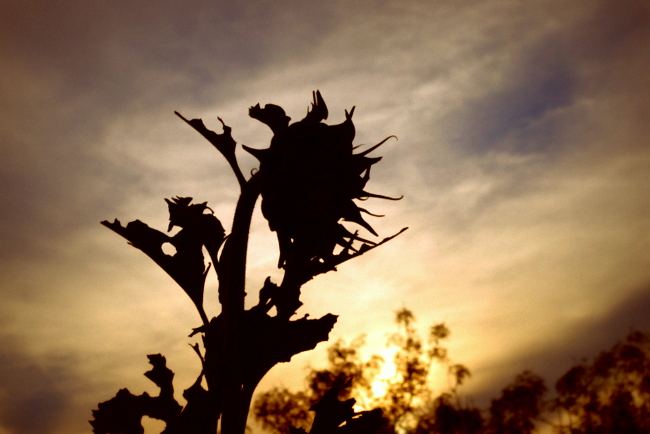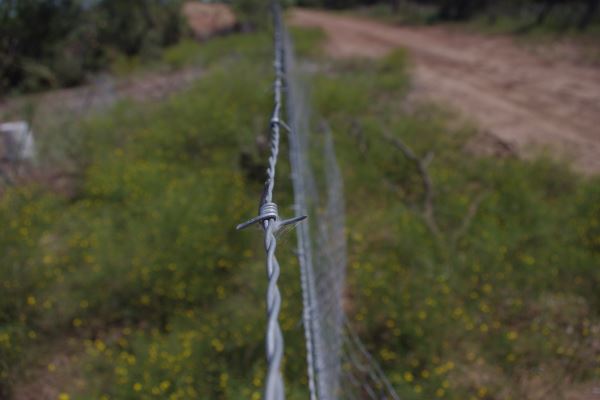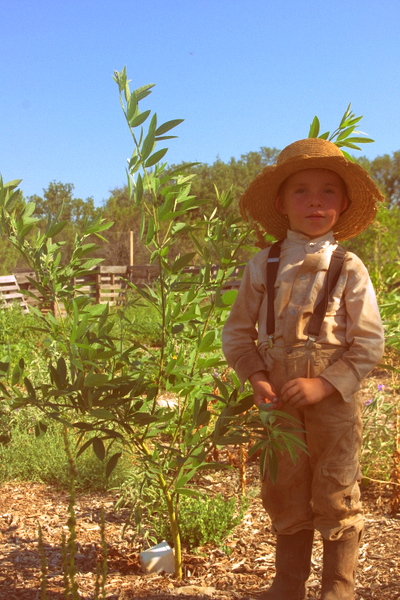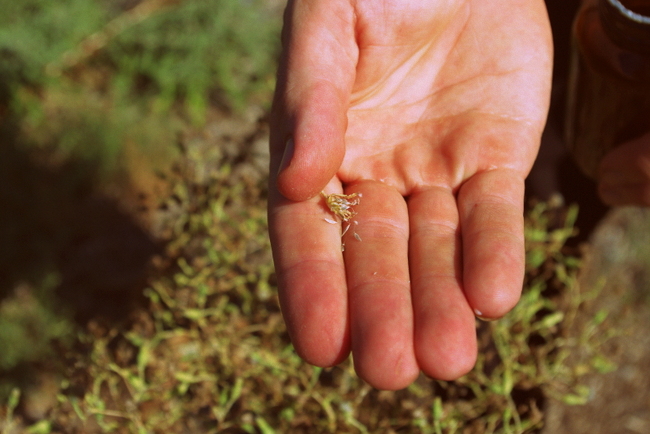Growing Food in a Hotter, Drier Land
If there is one thing I’ve learned about homesteading, it’s that there is always so much more to learn. I am reminded of how true this is when I read of how the old-timers did it without modern conveniences, without fossil fuels, and more often than not, in more difficult circumstances than our own.
I’m a bit of a theoretical homesteader, you see, and not just because I’m generally at the stove, sink, or nursing chair and Stewart has done 95% of the actual homesteady stuff. I know (at least I think I know) that people have lived as subsistence farmers – growing what they need to survive and not much more – and in such climates as our own. I know that this is where we need to be headed. I just don’t know how to get there.
Which is where these books from Chelsea Green Publishing come in. The latest, Growing Food in a Hotter, Drier Land, is convincing me once again that we can learn so much by simply looking back.
Up front I want to (not) address the climate change elephant in the room. The premise of the book is based on Nabhan’s concerns about climate change, hence the Hotter, Drier Land title. Regardless of what side of the debate you fall on, might I recommend an incredible use for this book that goes beyond climate change?
How about a wealth of information for those who already live in extreme climates and don’t know what to do with their land to make it fruitful? That’s exactly what I see it as.
When I first thumbed through Growing Food I wasn’t sure what to make of it. I’m a skimmer by nature, and only really sit down to read something cover to cover when I’m intrigued or really have the time. Sitting for hours a day feeding a baby affords such opportunities and I’m so glad I made my way back to this little gem.
Each chapter lays out the difficulties of growing food in these climates with a Warm-up, a Parable, Principles and Premises, and finally Planning and Practice. If Growing Food were written by someone, like me, who has spent a whole lot of time reading about concepts but not much time implementing them, then I’d be the first to say no one should pay attention to it.
But this isn’t the case.
Nabhan has traveled the world to see how people have been growing foods in hotter drier lands for generations. From the American Southwest to the Gobi desert to the Middle East, he has seen many, many of these types of lands. He cites the fascinating and unique ways in which people have grown food in these climates that are even hotter and drier than our own. Not only that, he also lives in this type of land where he himself has put these theories to the test.
What I appreciate the most about this book is that, while there are some familiar concepts within, so many concepts are completely unique and also simple enough to be done by anyone, no matter their resources. This isn’t just the same old “sustainable homesteading” book geared towards the northern climates. It has real solutions used by generations of farmers who have successfully raised their own food in hot, dry climates.
Growing Food only briefly touches on the many concepts one can implement, so there are many of these I need to look into further to gain a full understanding. That said, here’s a brief glimpse at some of the concepts I came away with:
- Different garden designs for drought conditions.
- Tables of various short-season varieties of both perennials and annuals for avoiding the drier, hotter times of the year.
- How to put together a guild of perennials that feed one another through their different characteristics such as shade-giving, root depth, and the attraction of pollinators.
- How to go beyond perennials and find annuals that also work in these regions.
- How to be the best steward of the rain you are given, securing that moisture for your land, crops, and livestock.
- Some new-to-us ways to compost and irrigate.
And as these ideas come from many traditional farmers, they require very little in the way of resources.
If it sounds like a dry (pun intended) technical manual, then I simply haven’t done it justice. Growing Food weaves Nabhan’s vision of sustainability, small community-based agriculture, and careful stewardship into a tapestry of knowledge that could change the way we produce food from our land.
And I am thankful for the ideas it has brought to our very own hot, dry homestead.
Other books we’ve drawn inspiration from:





